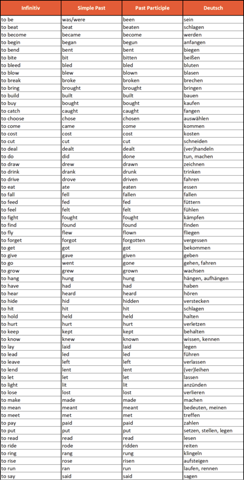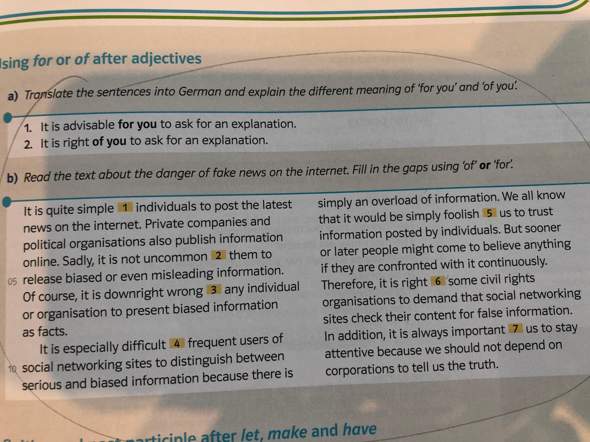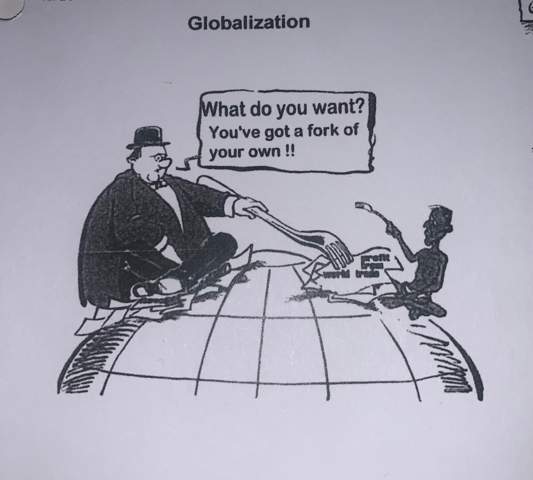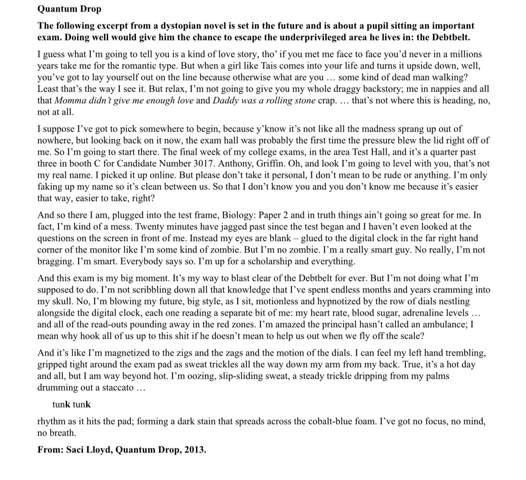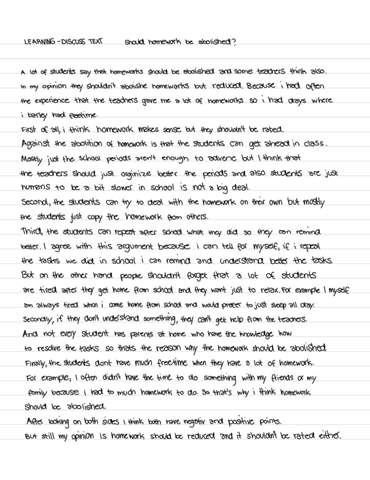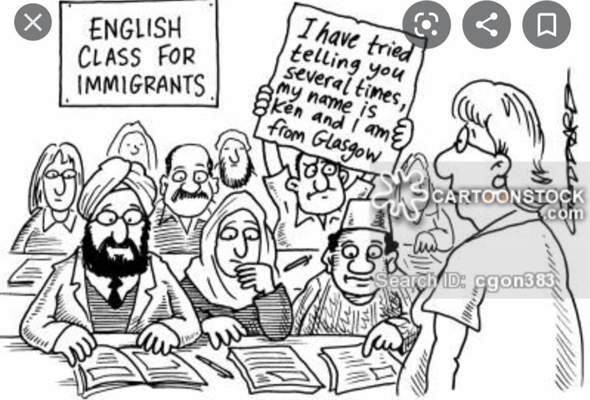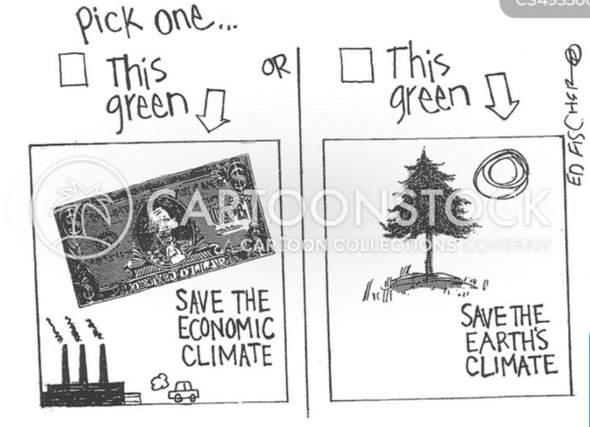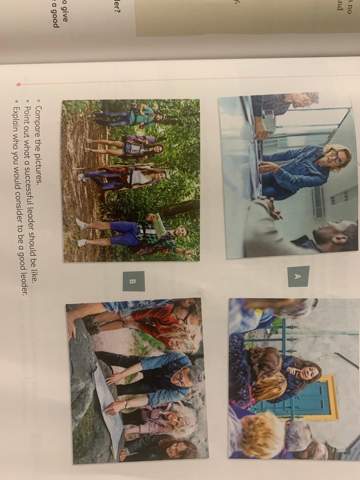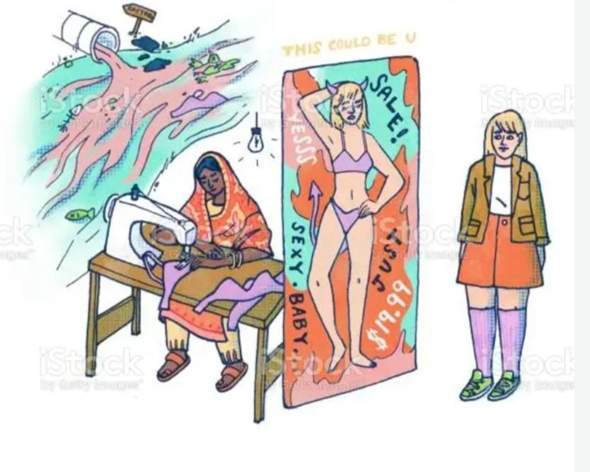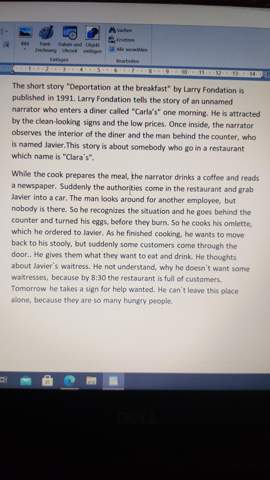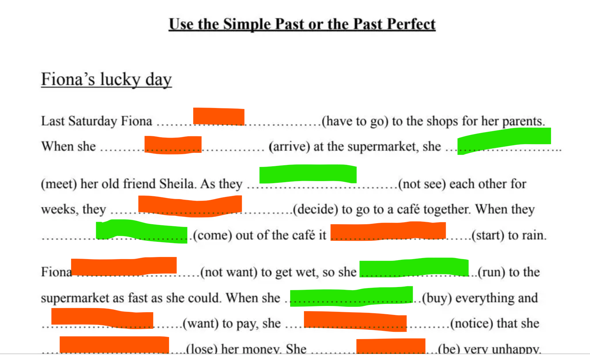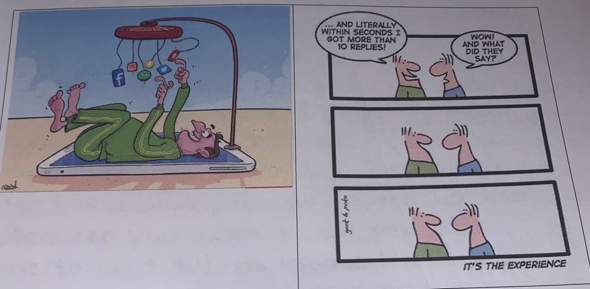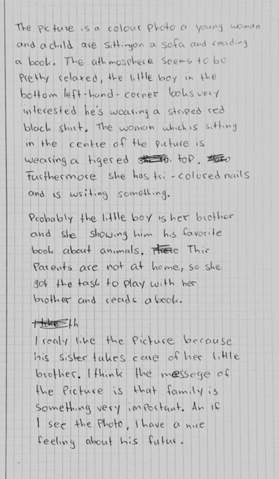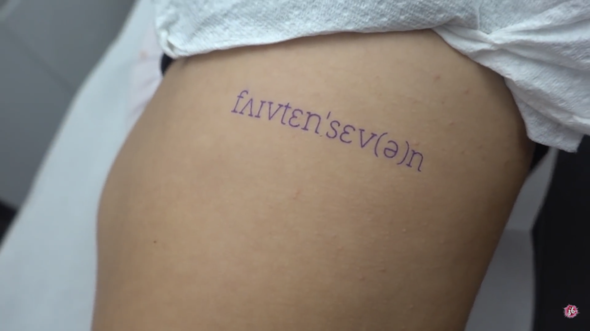Ich habe einen Text zu diesem Cartoon geschrieben, jedoch weiß ich nicht ob es genügend ist?
[…]. It is about global warming, which includes both climate change and economic climate, which means that the cartoonist shows a serious and important critical point.
The cartoon is divided into two parts.
in the upper right corner, it says "pick one..." and below it is a cross with the phrase "this green," which refers to a us dollar, a company, and a car. the co2 emissions also come from the company and the car.
It also says "save the economic climate" next to the picture.
on the right, another cross is possible with the same phrase "this green" indicating a natural environment such as a tree and the sun. also, next to it is "save the earth climate".
The cartoon represent the only two options people can choose between, whether they prefer to save the Earth's climate or the economy.
If one chooses one of the two options, the other is still a problem.
So, choosing to "save the climate"
would lead to a lot of economic problems because money, such as dollars, would not be produced because businesses produce a lot of CO2 emissions. This means that people would not have dollars and the UK could not be sovereign and leave the EU. A decision for the earth's climate also means that cars are banned or become more expensive because they cause CO2 emissions, even though so many people need a car.
On the other hand, a decision to "save the economic climate" would damage the entire environment because of all the CO2 emissions.
in my opinion, the cartoonist is successful in presenting the only two options people can choose between, either to save the economy or to save the earth's climate, without making any other choice. it's more a matter of damaging the environment or stopping economic growth, both of which have consequences. so it's difficult to choose one term.
I also appeal the cartoon because it is very difficult to pick for only one of the "Greens" and stay away from the others because i am in fact very depending on e.g. technology.
So for me, the cartoon is a good example because it just shows the serious problem we are in right now.








